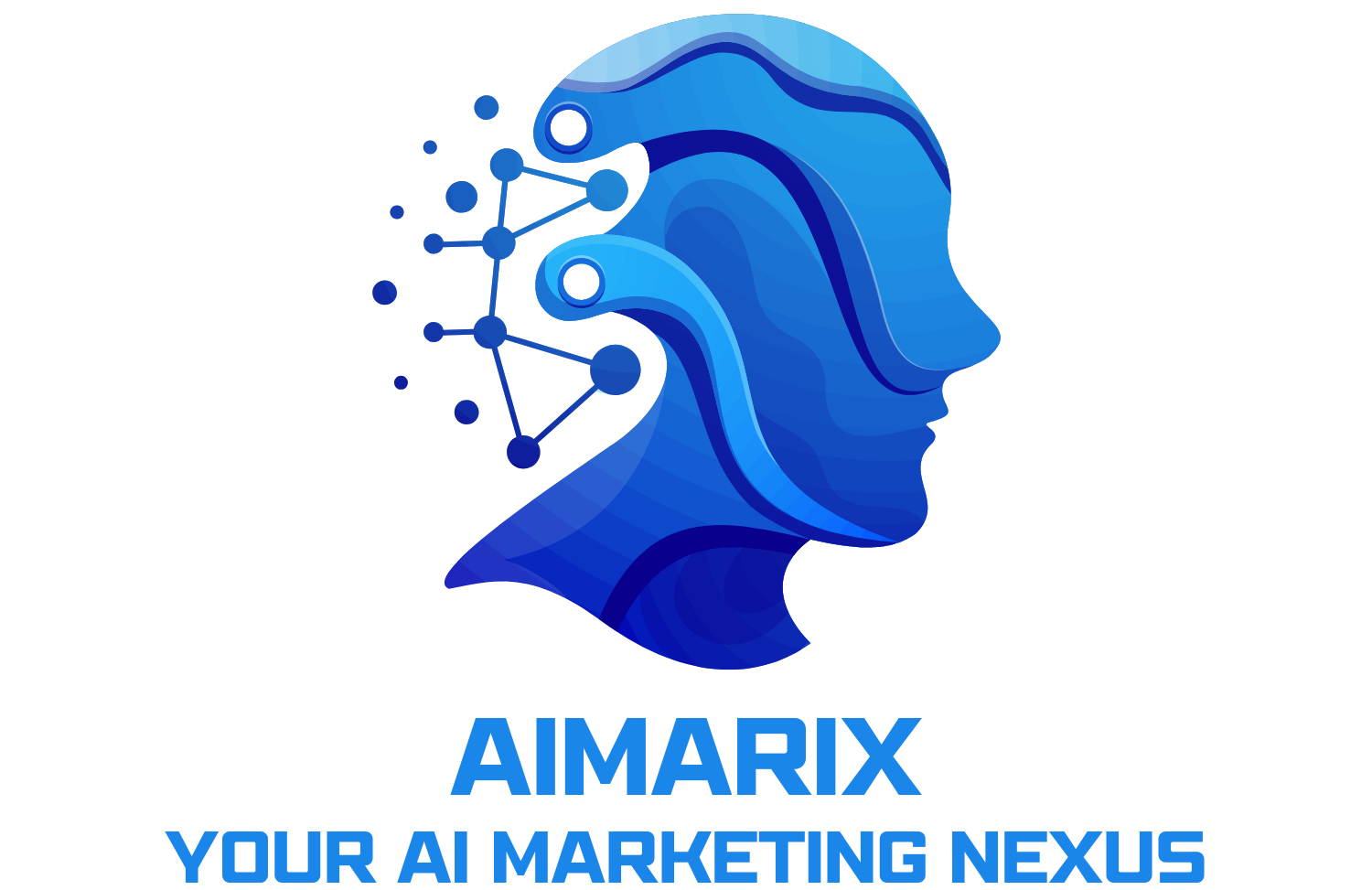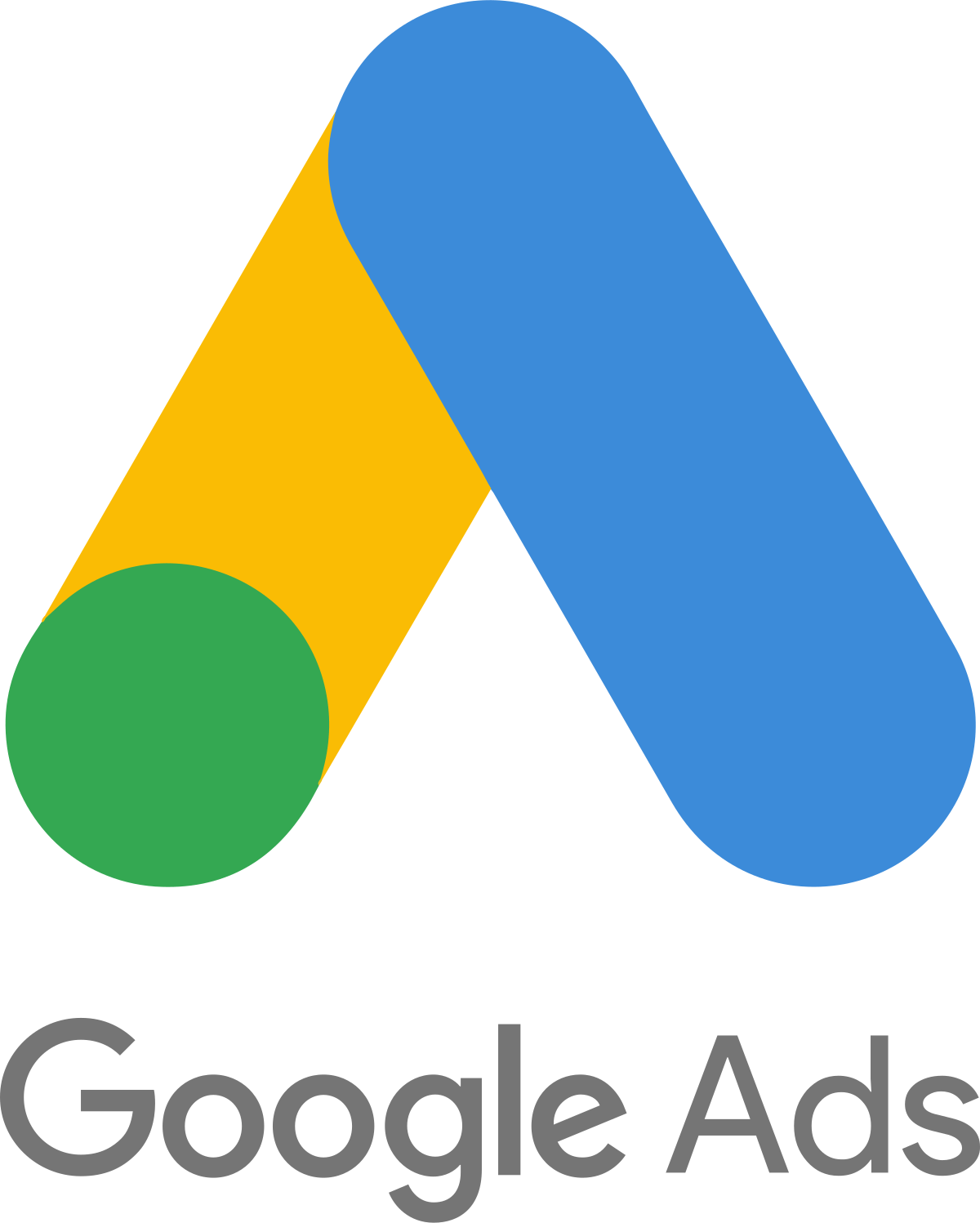Early 2025 is shaping up to be a transformative period for Google Ads, with a suite of changes designed to enhance user engagement, streamline creative workflows, and harness the power of AI for better pricing strategies and performance. In this blog post, we’ll explore each of these updates, from visual redesigns and automated discounts to video-focused ad formats and message asset integrations.
1. Google App Ads: A New Visual Experience
- Enhanced User Engagement
Google is rolling out a significant visual redesign of App Ads, aiming to capture user attention more effectively and drive higher conversion rates. - What It Means for Advertisers
– Prepare to adapt your creatives for new placements and formats.
– Monitor early performance metrics to refine visual strategies.
2. Automated Discounts for Shopping Ads
- AI-Powered Pricing
This new feature automatically applies discounts to products listed in Shopping ads, leveraging machine learning to optimize pricing strategies. - Why It Matters
– Helps advertisers stay competitive without constant manual adjustments.
– Encourages more conversions by presenting timely, relevant discounts.
3. Video Conversion Campaigns in Demand Gen
- Deeper Targeting & Performance
By integrating Video Conversion campaigns into the Demand Gen framework, Google aims to offer more precise targeting and robust performance measurement. - Key Takeaways
– Expect consolidated reporting on audience segments and conversions.
– Boost your ROI with refined targeting options within the Demand Gen ecosystem.
4. AI-Powered Image Editing in the Asset Library
- Streamlined Creative Workflow
Google is introducing AI-based image editing tools to its asset library, simplifying design tasks like background removal and content optimization. - Action Points
– Experiment with auto-generated variations to see which creatives resonate best.
– Reduce reliance on third-party design software for quick fixes and updates.
5. Message Assets & WhatsApp Integration
- Expanded Lead Generation
Advertisers can now utilize message assets to capture leads, with a particular focus on WhatsApp for global user reach. - “Messages from Your Ads” Goal
– A dedicated reporting goal that helps marketers gauge the effectiveness of direct messaging ads.
– Tracks conversations, response times, and user satisfaction metrics.
6. YouTube’s New Ad Format Centered on Social Proof
- Building Trust
This new ad format places a spotlight on user testimonials or ratings, fostering a sense of credibility and authenticity. - Benefits
– Ideal for products or services where user validation plays a major role in the buying decision.
– Encourages more organic user engagement on YouTube.
7. “Date First Registered” Attribute for Used Vehicle Ads
- Enhanced Transparency
A new attribute for used vehicle ads highlights the “Date first registered,” offering car shoppers clearer insight into vehicle history. - How It Helps
– Boosts buyer confidence and reduces friction in the research phase.
– Contributes to better ad performance by addressing key user concerns upfront.
8. Google’s 2025 Strategy
- AI-Driven Solutions
The overall direction emphasizes enhanced advertiser-consumer connections, with AI playing a central role in automation, data analysis, and user targeting. - Heightened User Privacy
Google continues to refine privacy measures to protect user data while enabling effective ad personalization. - Merchant Center Onboarding
A new onboarding page will streamline the process for product listings, making it easier for businesses of all sizes to go live on Google’s ecosystem.
Concluding Thoughts
These early 2025 Google Ads updates are more than just incremental changes; they represent a shift toward AI-powered, user-centric advertising. As marketers gear up for the future, staying informed and agile will be key to capitalizing on the new visuals, improved targeting, and creative tools. By embracing automation, testing new features, and focusing on user experience, advertisers can position themselves for success in an ever-evolving digital landscape.

